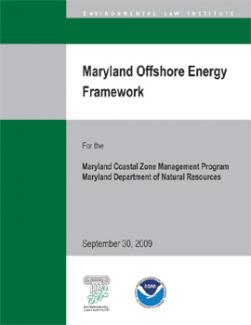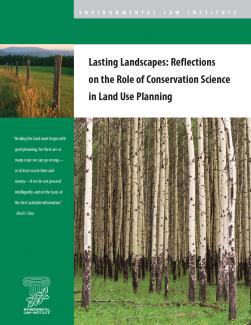Hazard Mitigation Planning
Recently, increased emphasis has been placed on non-structural and nature-based hazard mitigation solutions, including the restoration of wetlands and floodplains, as cost-effective alternatives for flood hazard mitigation that also help achieve conservation goals like maintaining biodiversity. FEMA hazard mitigation grant programs could provide potential funding that could pay for the restoration and protection of critical natural infrastructure and improve outcomes and reduce costs from the next disaster.

